Crypto Compliance Webinar (06/20): 3 Key Takeaways
On June 20, 2024, Merkle Science hosted a three-hour crash course in Crypto Compliance. The full video can be watched on-demand here.

Identify suspicious transactions, prevent fraud & comply with AML, KYC & CFT regulations
Forensically analyze cryptocurrency transactions, track stolen funds, and investigate crime

Perform due diligence, flag risky transactions & generate risk reports

Training and certification for compliance & investigation teams
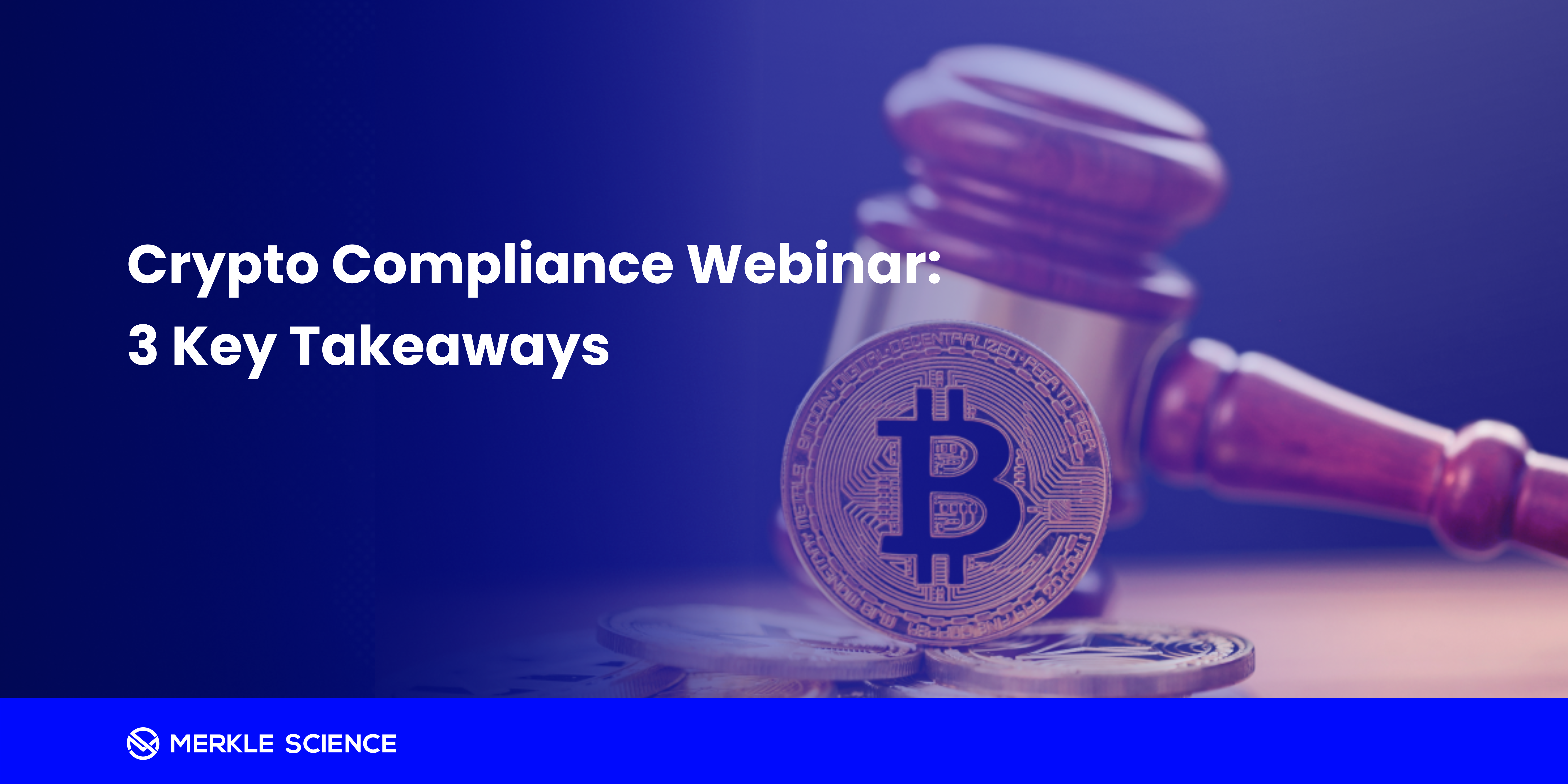
On June 20, 2024, Merkle Science hosted a three-hour crash course in Crypto Compliance. The full video can be watched on-demand here.
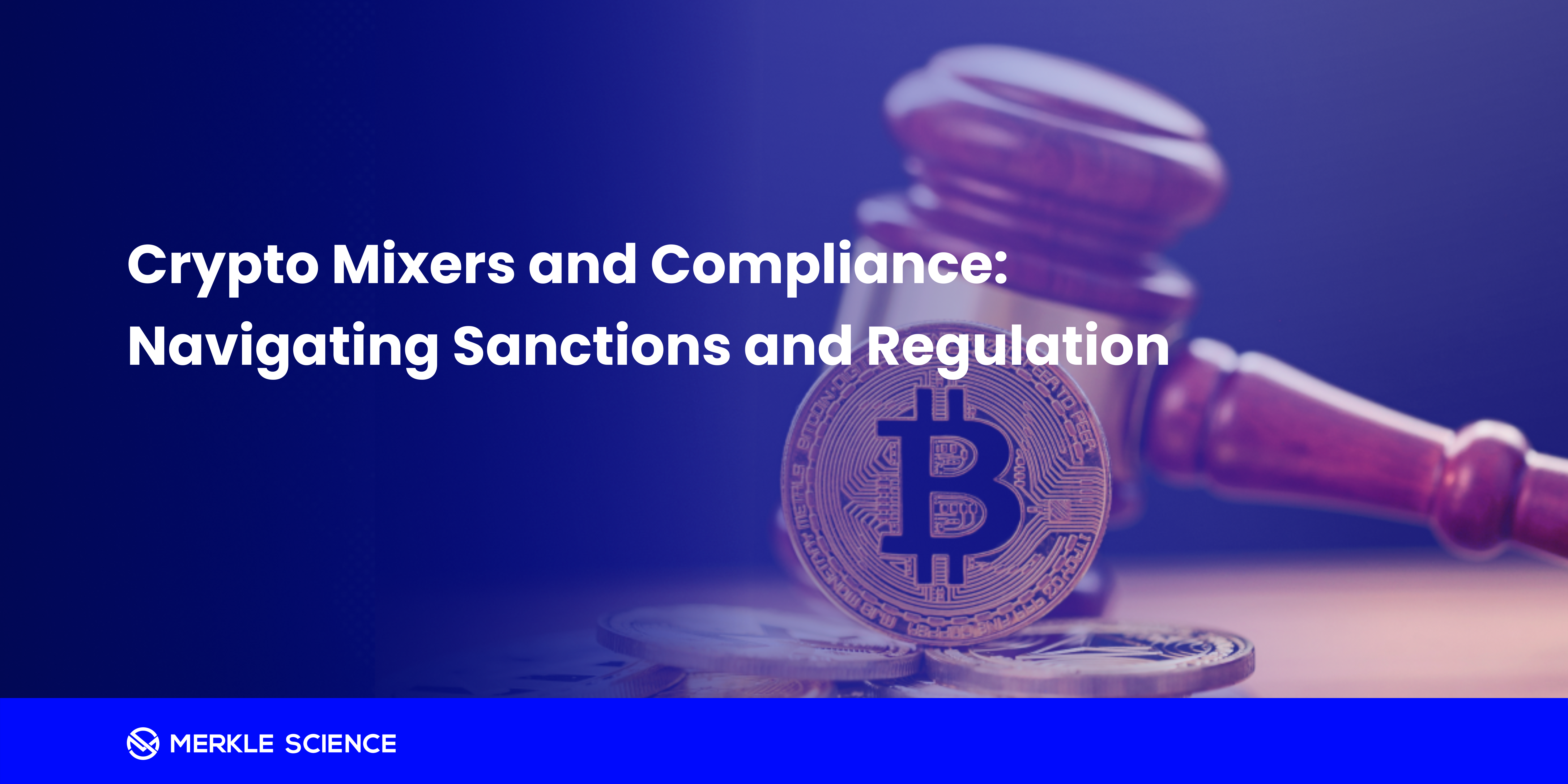
In the ever-evolving world of blockchain and crypto assets, one of the latest hot topics is crypto "mixers” (or “tumblers”). Mixers have been the subject of intense debate: Are they heroes of privacy or villains enabling financial crime? Are mixers merely open-source, decentralized code, or are they tools for criminals and bad actors to launder illicit funds? The truth likely lies somewhere in between.
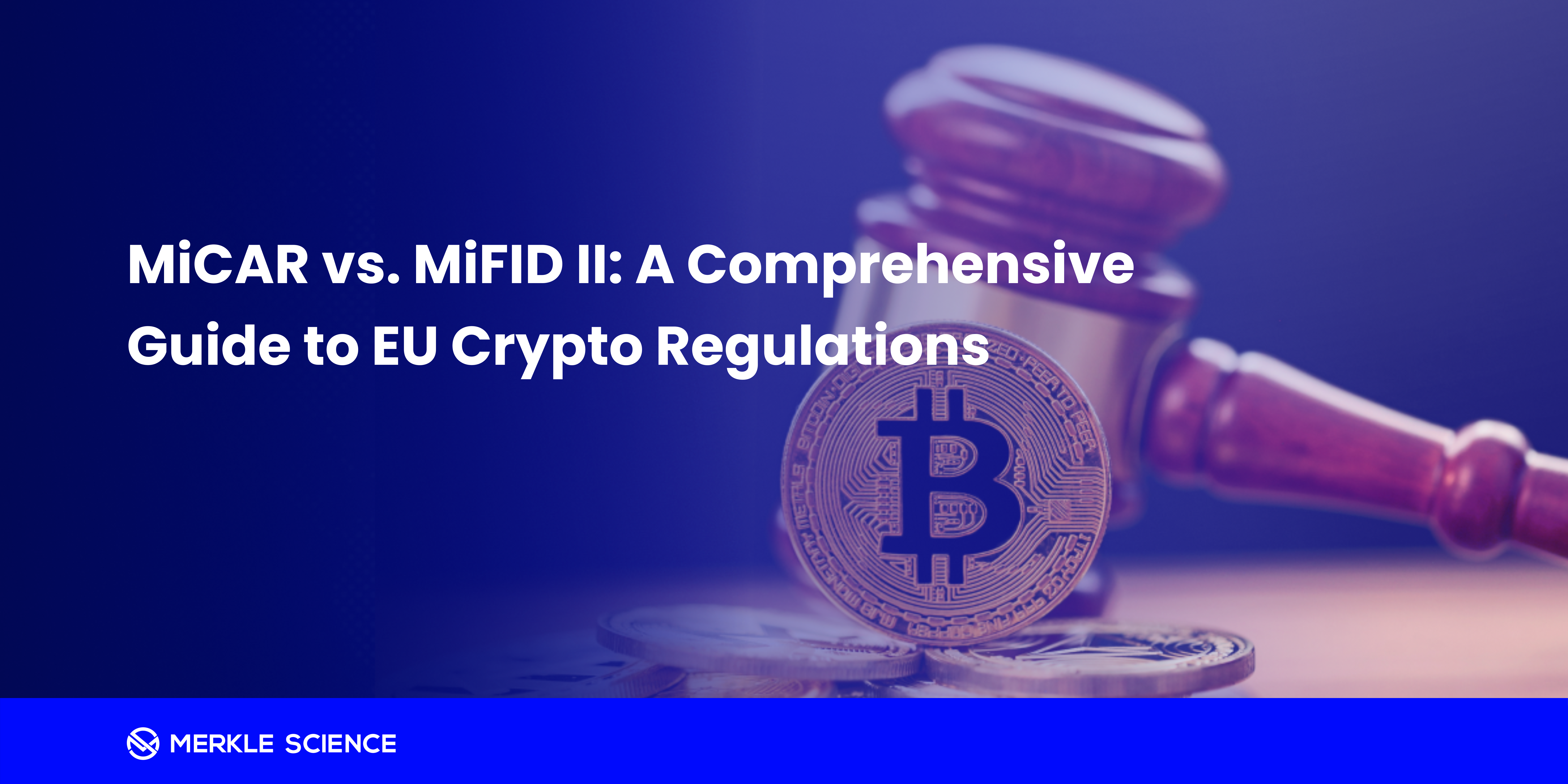
The interplay between MiCAR (Markets in Crypto-Assets Regulation) and MiFID II (Markets in Financial Instruments Directive II) is crucial for understanding the regulatory treatment of crypto assets and crypto asset services in the European Union. This article examines the roles and interactions of MiCAR and MiFID II, particularly in the classification of crypto-assets and how firms already authorized under MiFID II can leverage their existing authorizations to offer crypto-asset services in the EU. Finally, it provides a concise comparative analysis of MiCAR and MiFID II with other global regulatory frameworks.
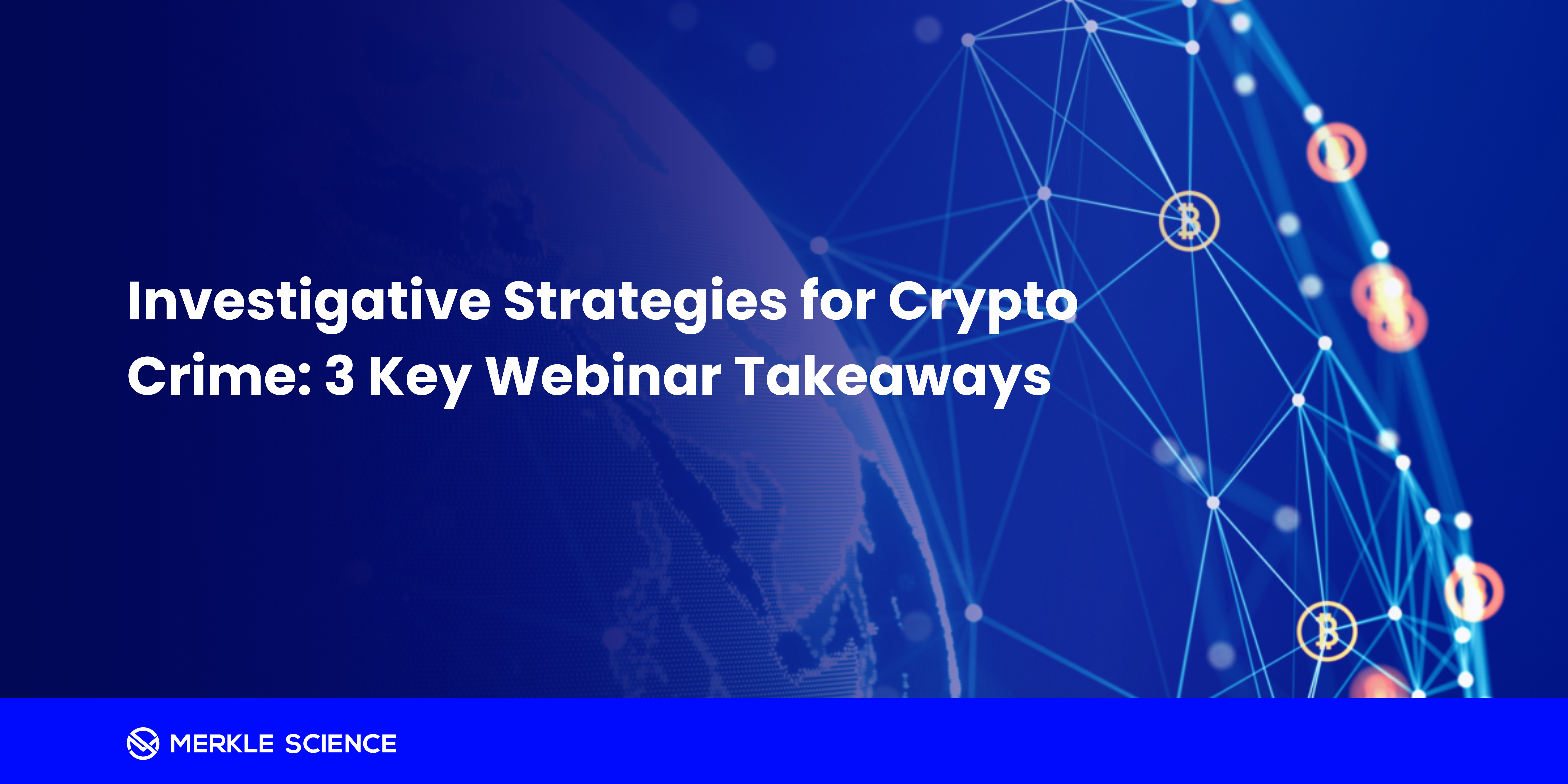
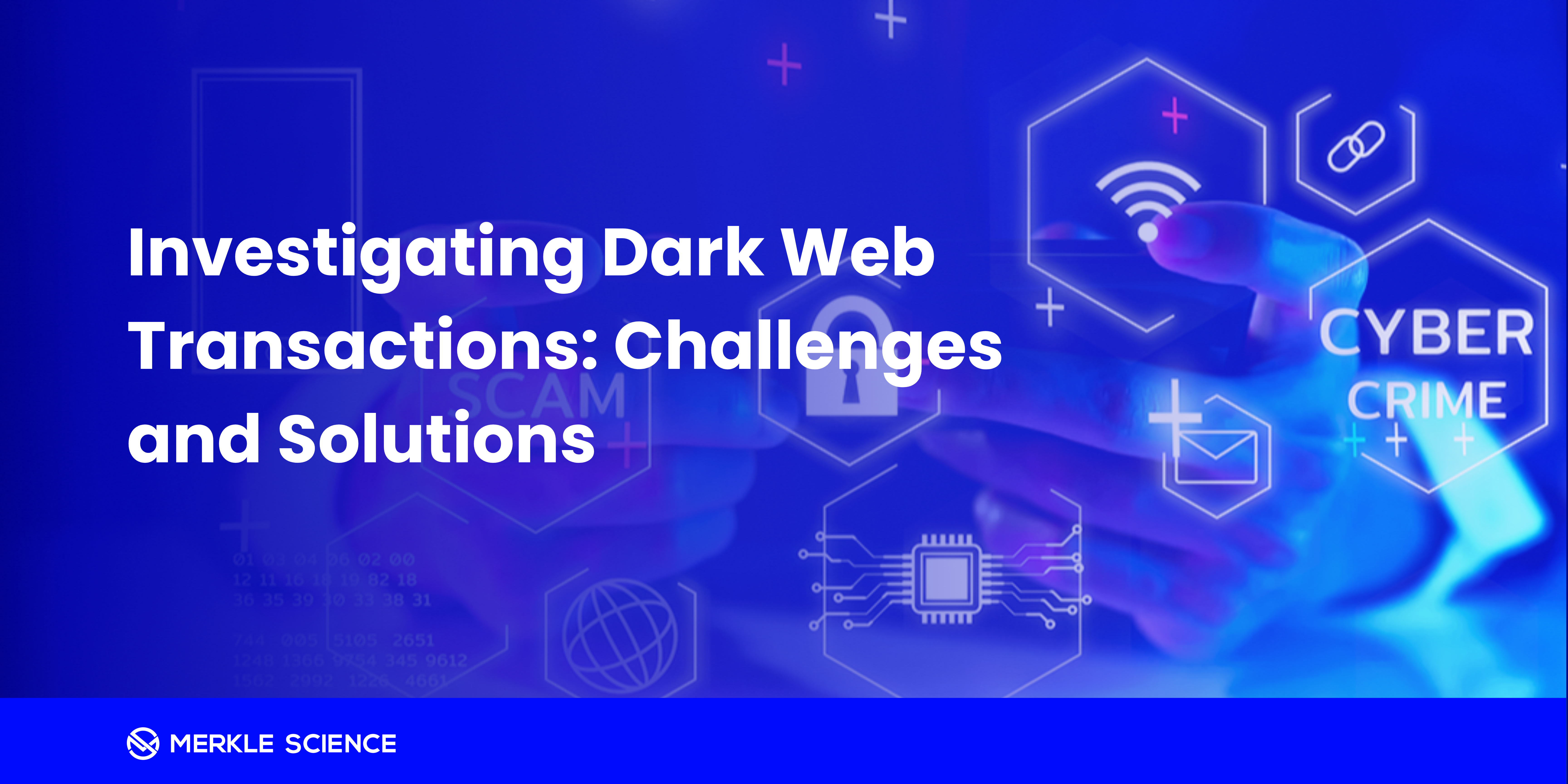
If you are reading this blog, you are likely doing so on the surface web (also known as the visible web), the part of the internet that is publicly available and indexable by search engines. The counterpoint to the surface web is the dark web, which is only accessible via specialized tools like the Tor Browser.

The U.S. Department of State in collaboration with the U.S. Department of Justice, the Federal Bureau of Investigation, the United Kingdom’s National Crime Agency, the Australian Federal Police, and other international partners, have taken a significant step against the infamous LockBit ransomware group. On May 7th, 2024 the United States designated Dmitry Yuryevich Khoroshev as the leader of LockBit and offered a reward of up to $10 million for information leading to his arrest or conviction.

Two of the most talked about issues in technology today are blockchain and generative artificial intelligence (AI). To most consumers, these technologies generally occupy opposite sides of the spectrum. Blockchain serves as a public, digital ledger, most often for cryptocurrency transactions, while generative AI aids in the production of text, image, audio, and as we saw in the recent release of OpenAI’s Sora, video.
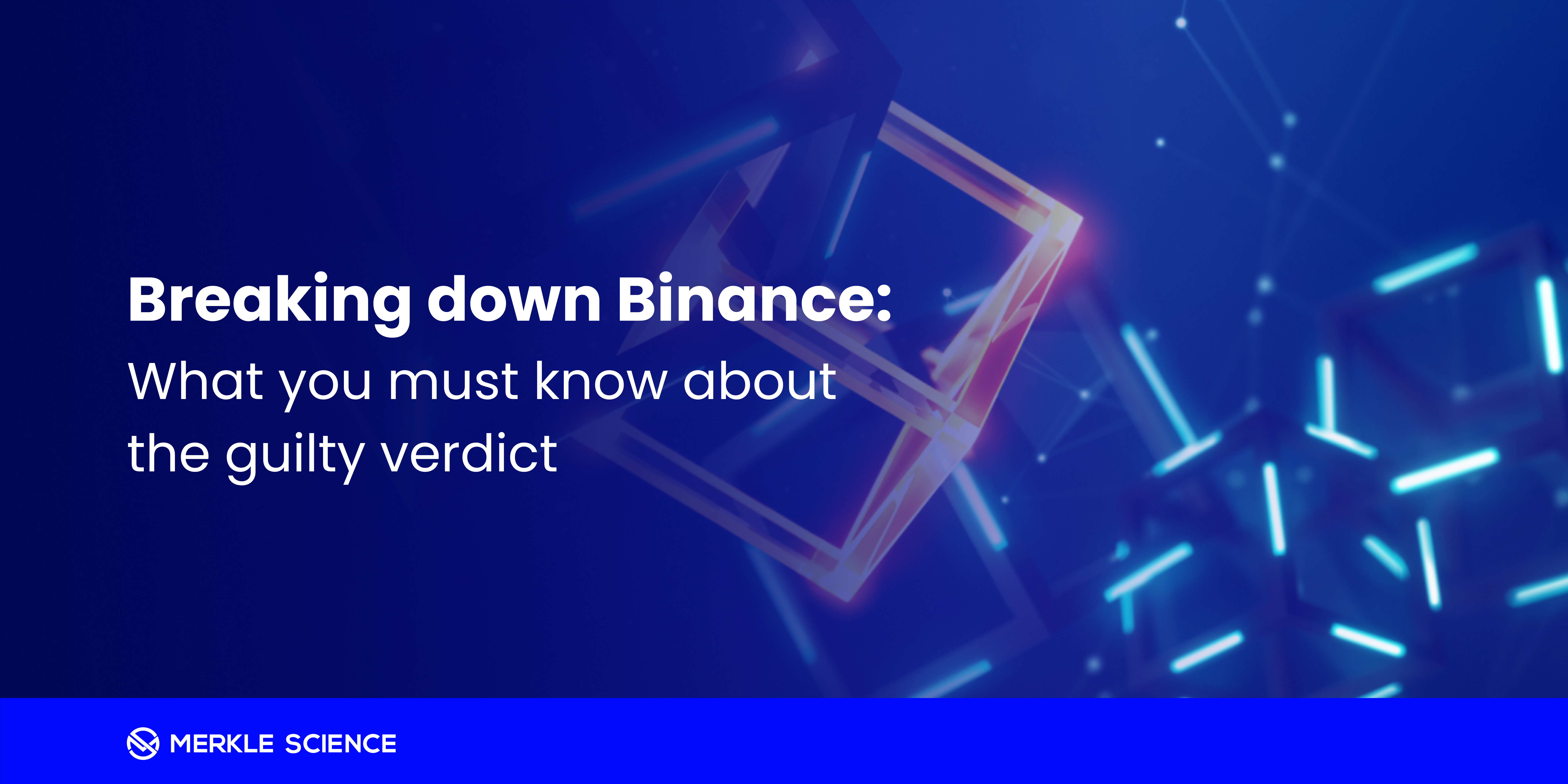
Binance, the largest cryptocurrency exchange in the world, is now facing an existential crisis. Federal prosecutors had issued charges to Binance and founder and CEO Changpeng Zhao for their failure to report 100,000 suspicious transactions involving ransomware attacks, hacks, and even terrorist financing.
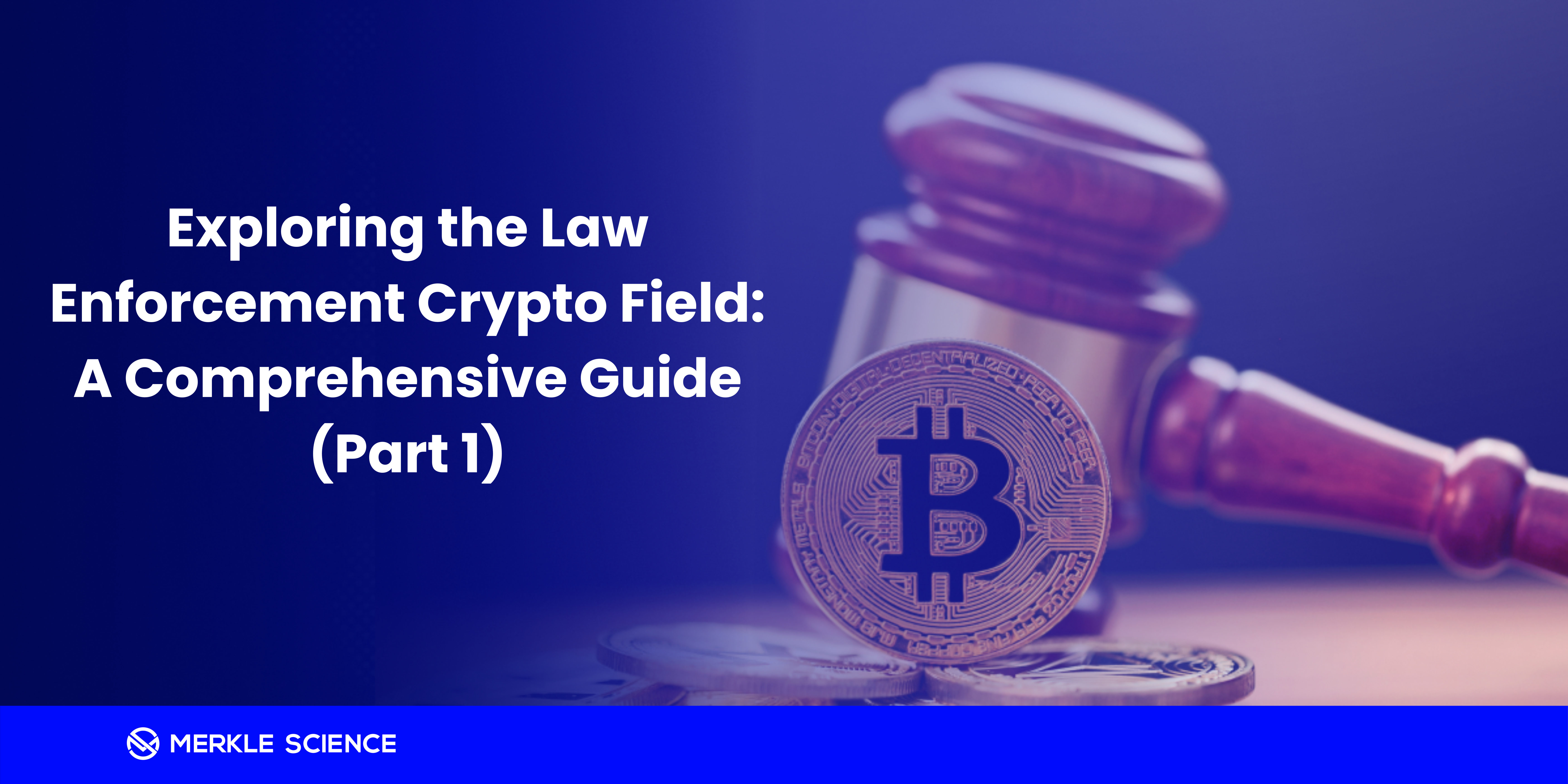
Blockchain forensics utilizes specialized techniques and processes to analyze blockchain data and transactions to support criminal investigations and compliance efforts. This emerging field provides invaluable capabilities for monitoring and tracing cryptocurrency activities.

On July 31st, OFAC (The Office of Foreign Asset Control) took decisive action against individuals and entities linked to terrorist organizations Al-Qaeda, ISIS, and ISIS-Khorasan (ISIS-K) in the Maldives. Among those sanctioned is Ali Shafiu, a Maldivian national actively involved in the activities of ISIS-K.